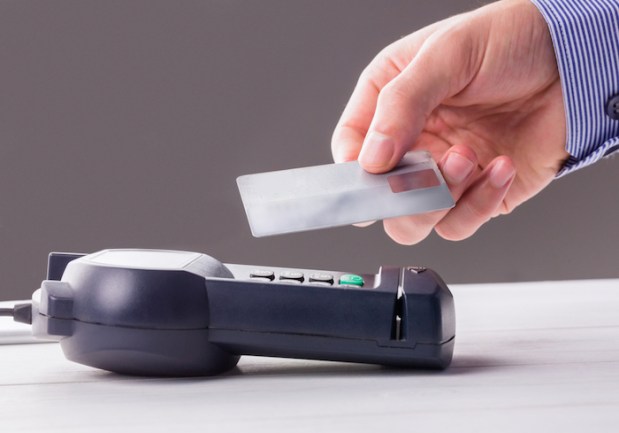Guess What? Most Debit Cards Won’t Be ‘Chipped’ By Year End

Though a vast majority of financial institutions in the United States — as much as 90 percent — have begun shipping, or will be shipping, chip debit cards, most cards “out in the field” will in fact not be “chipped” by the end of this year.
A study commissioned by PULSE and released on Thursday (Sept. 10) shows that 25 percent of debit cards in use within the United States, or 71 million in total, will be chip-enabled by the end of this year. But the percentages will climb quickly to 73 percent by the end of next year and almost all, or 96 percent, by the end of 2017.
[bctt tweet=”25 percent of debit cards in use within the U.S., or 71 million in total, will be chip-enabled by the end of this year.”]
Other findings tied to the PULSE “2015 Debit Issuer Study” show that most issuers (62 percent) are looking to bring debit cards to market using an accelerated migration strategy. Under that initiative, the banks will send out chip cards when “natural reissuance” takes place — i.e., when debit cards expire and are replaced. Most issuers will make chip-and-PIN their mainstay when issuing EMV cards.
The institutions themselves see the cost of debit cards with the chip feature far outstripping the costs of the “traditional” magnetic stripe cards. And the charge for those cards varies, from as much as $2.17 per chip card for a large bank to $2.90 per card for a credit union. Based on the math for 71 million cards in issuance this year replacing what is already out there, financial firms will spend as much as $69 million to replace magnetic stripe cards this year and as much as $266 million through the entire migration timeframe through 2017, PULSE notes.
Perhaps of no surprise: Concerns over security have been top of mind. Each institution that participated in the survey said that they had been tied to a data breach last year, and 70 percent of issuers said fraud offers a “key challenge” to the debit business. Fraud itself resulted in losses of 0.7 basis points when the debit card was used in tandem with a PIN and 6.1 basis points when used solely with a signature — translating into losses of 0.3 cents and 2.2 cents for those types of respective transactions.
[vc_row full_width=”” parallax=”” parallax_image=””][vc_column width=”1/1″][/vc_column][/vc_row][vc_row full_width=”” parallax=”” parallax_image=””][vc_column width=”1/1″][vc_separator color=”grey” align=”align_center” style=”” border_width=”” el_width=””][vc_single_image image=”148412″ alignment=”center” style=”vc_box_shadow_3d” border_color=”grey” img_link_large=”” img_link_target=”_blank” css_animation=”left-to-right” img_size=”full” link=”http://www.pymnts.com/whats-hot-today/”][vc_column_text css_animation=””]
To check out what else is HOT in the world of payments, click here.
[/vc_column_text][vc_separator color=”grey” align=”align_center” style=”” border_width=”” el_width=””][/vc_column][/vc_row]
